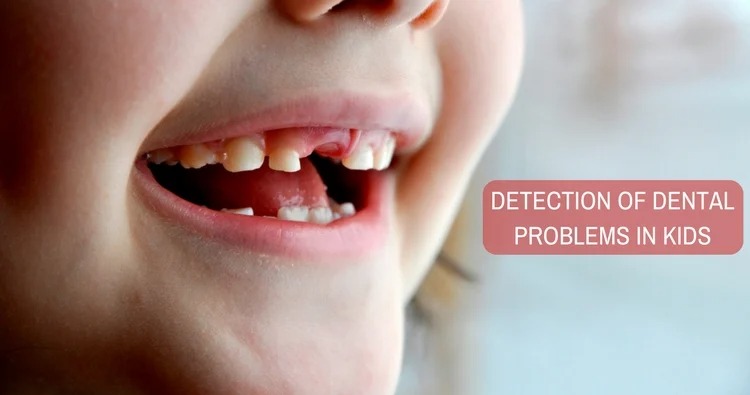Dental cavities in kids are a significant concern for parents and caregivers. These tiny holes in the teeth can lead to bigger problems if left untreated. Early intervention and good oral hygiene practices are crucial in preventing dental cavities and ensuring your child maintains a healthy smile. In this blog, we will delve into the causes of dental cavities in kids, explore effective prevention strategies, and provide tips to keep those little teeth in top shape.
What Are Dental Cavities?
Dental cavities, also known as caries or tooth decay, occur when the enamel, the hard outer layer of the tooth, is damaged by acids produced by bacteria. These acids erode the enamel, creating small holes or cavities. In kids, cavities can develop rapidly due to the unique aspects of their oral health and habits.
Causes of Dental Cavities in Kids
- Bacteria and Plaque Formation: The mouth naturally harbors bacteria, some of which are harmful. When these bacteria feed on sugars from food, they produce acids that attack tooth enamel. This process forms a sticky film called plaque. If plaque is not removed through regular brushing, it can harden into tartar and contribute to cavity formation.
- Sugary and Sticky Foods: Kids often enjoy sugary snacks and beverages, which are prime culprits for cavity development. Foods like candy, cookies, and soda increase the amount of sugar available for bacteria to feed on, leading to more acid production and enamel erosion.
- Poor Oral Hygiene: Inadequate brushing and flossing allow plaque to build up on the teeth. Kids may need help or reminders to brush their teeth properly, making it essential for parents to supervise and assist in their oral care routine.
- Lack of Fluoride: Fluoride is a mineral that helps strengthen tooth enamel and makes it more resistant to decay. If a child does not receive enough fluoride through their diet, water, or dental products, their teeth are more susceptible to cavities.
- Dry Mouth: Saliva plays a crucial role in neutralizing acids and washing away food particles and bacteria. Conditions that reduce saliva flow, such as certain medications or mouth breathing, can increase the risk of cavities.
- Dental Anatomy: Some children may have deep grooves or pits in their teeth where plaque and food particles can accumulate more easily. These areas are more challenging to clean and are therefore more prone to developing cavities.
Prevention Strategies
- Regular Brushing and Flossing: Teach your child to brush their teeth twice a day with fluoride toothpaste and floss daily. Ensure they use the proper technique and brush all surfaces of their teeth. For younger children, assist with brushing to ensure it is done thoroughly.
- Healthy Eating Habits: Encourage a balanced diet rich in fruits, vegetables, whole grains, and dairy products. Limit sugary snacks and drinks, and choose healthier alternatives like fresh fruit or yogurt. If your child consumes sugary treats, have them rinse their mouth with water afterward.
- Fluoride Use: Make sure your child is using fluoride toothpaste and drinking fluoridated water. Your dentist may also recommend fluoride treatments or supplements if your child is at high risk for cavities.
- Regular Dental Visits: Schedule regular check-ups with a pediatric dentist to monitor your child’s oral health and address any issues before they become serious. Your dentist can provide professional cleanings, apply sealants to protect vulnerable areas, and offer personalized advice for your child’s dental care.
- Sealants: Dental sealants are thin, protective coatings applied to the chewing surfaces of the back teeth. They can significantly reduce the risk of cavities by providing a barrier against plaque and food particles. Discuss with your dentist whether sealants are appropriate for your child.
- Limit Snacking: Frequent snacking, especially on sugary foods, can increase the risk of cavities. Encourage your child to eat regular meals and limit snacks between meals. If snacks are needed, opt for healthy options and avoid sticky or sugary foods.
- Education and Motivation: Teach your child about the importance of oral hygiene and the effects of cavities. Use positive reinforcement to motivate them to follow good dental habits. Make brushing fun with colorful toothbrushes or toothpaste flavors they enjoy.
Conclusion
Dental cavities in kids are a common issue but can be effectively prevented with proper care and habits. By understanding the causes and implementing preventive measures, you can help your child maintain a healthy, cavity-free smile. Regular dental visits, good oral hygiene practices, and a balanced diet are key components in safeguarding your child’s dental health. Remember, early intervention and consistent care are essential in ensuring your child’s teeth stay strong and healthy for years to come.





